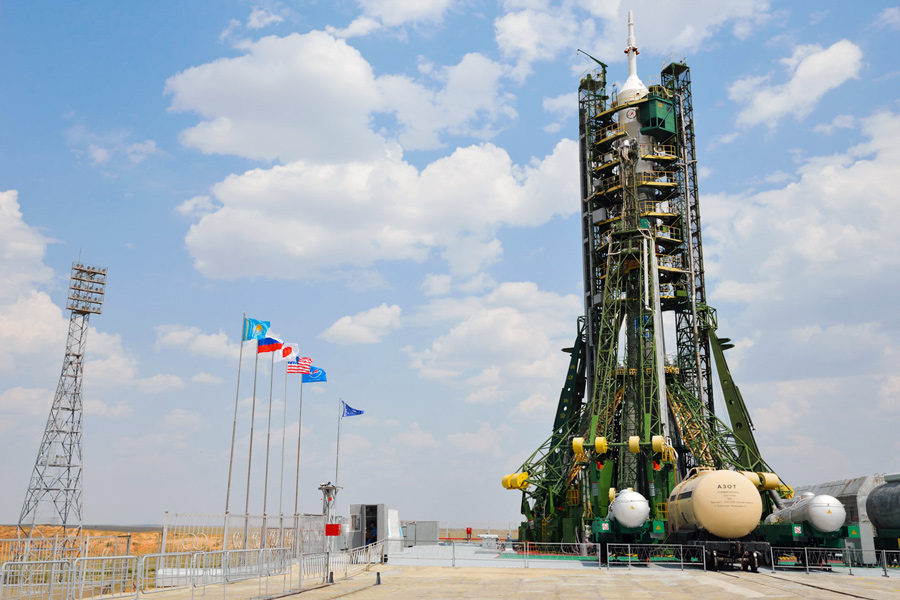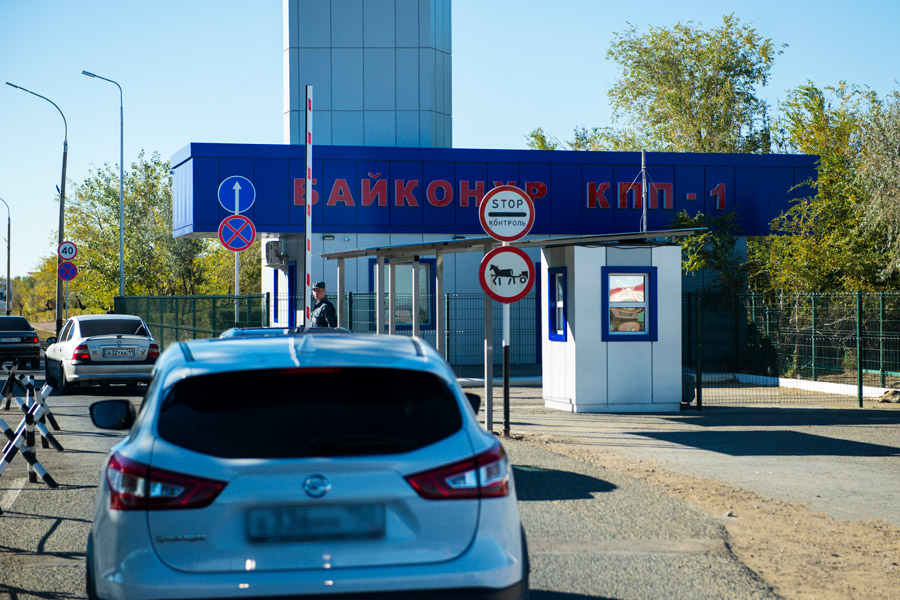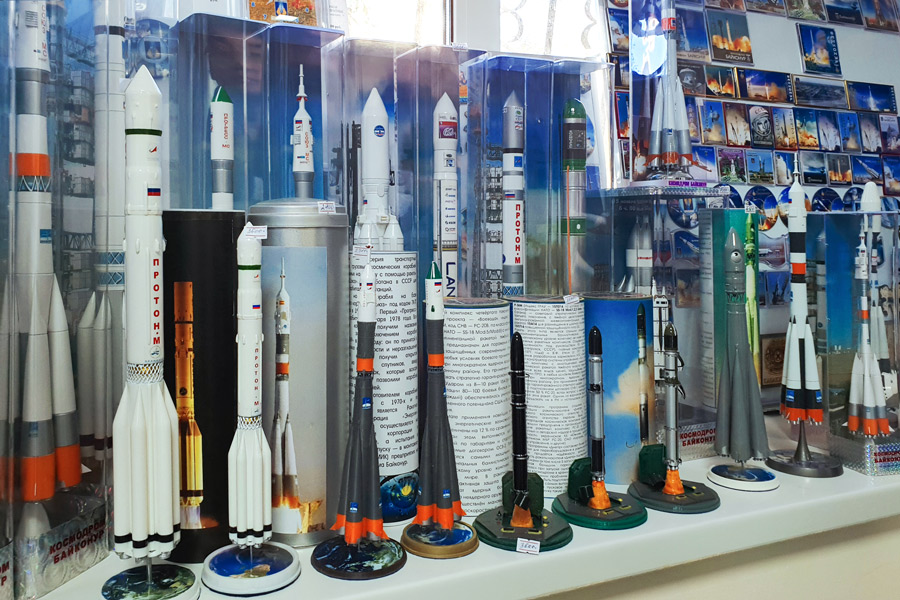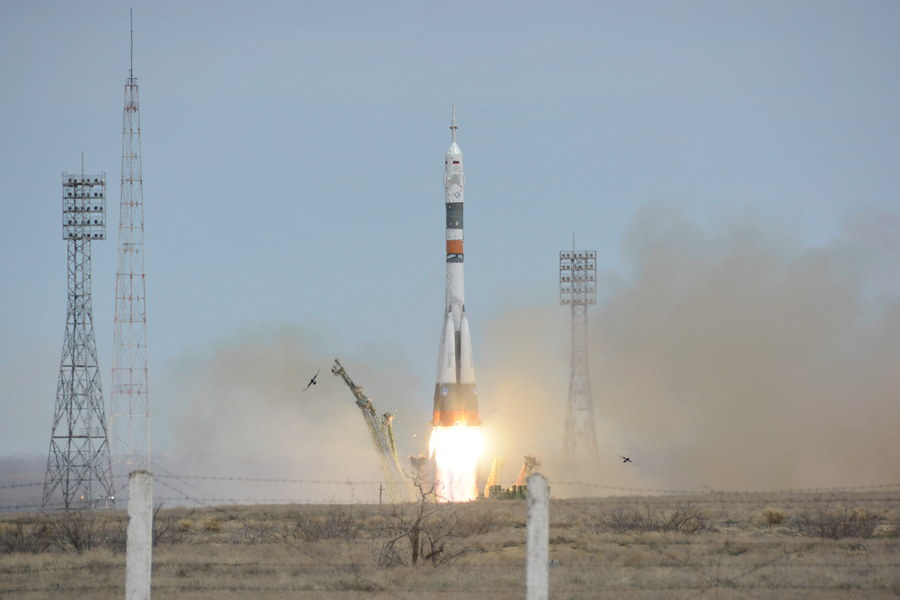Things to Do and Sightseeing Tours at Baikonur Cosmodrome
The Baikonur Cosmodrome is the first and the largest spaceport in the world. It is located in the southern part of Kazakhstan and covers an area of 6717 sq. km. The city of Baikonur, where its personnel resides, is located nearby (30km). The spaceport and the city are leased by the Russian Federation until 2050.
In 1957 the first stages of the construction work were completed, and the first launch of the missile R-7 took place. During the past years, the cosmodrome has been growing. New launch pads for new rocket types, tool rooms for rocket construction, fuel stations, complexes for rocket control and tracking, and other important infrastructure were built. There are now several launch pads, a huge aerodrome Yubileyniy, a museum of cosmonautics, assembly and test facilities, and control centers.

The Baikonur Cosmodrome is a unique complex open to visitors. You only need to purchase a tour from one of the 40 companies that have received a license from Roskosmos, the state enterprise that manages the spaceport. Travel company "Advantour" also has the license.
Baikonur Cosmodrome Map
History of the Baikonur Cosmodrome
In May 1954 the government of the USSR adopted a decree on the creation of an intercontinental ballistic missile and a test site. After numerous studies and compliance with the necessary conditions, a steppe region on the banks of the Syr Darya River, near the village of Tyura-Tam, was chosen for the construction of the future cosmodrome. On January 12, 1955, the first detachment of military builders arrived at the Tyura-Tam station. Two years later, on May 5, 1957, the first launch complex was put into operation, which later got the name Gagarin Start. From that moment to the present, the Baikonur Cosmodrome has experienced many significant events.

August 21, 1957, was the first successful launch of an intercontinental ballistic missile called the R-7.
On October 4, 1957, the first artificial Earth satellite was launched from Baikonur. A month later, on November 3, the second satellite was sent with the first living being on it, the dog Laika.
On April 12, 1961, the first human being was sent into space from the Baikonur Cosmodrome. His name was Yuri Gagarin.
On April 19, 1971, the world's first space station was launched into low Earth orbit.
On July 15, 1975, the Soyuz-19 spacecraft was launched from the Baikonur Cosmodrome, carried out together with the American Apollo spacecraft, marking a new era in space exploration.
On February 20, 1986, the base module of the Mir station was launched into orbit on a Proton-K launch vehicle from the Baikonur Cosmodrome. Instead of the planned 5 years, the Mir station operated in Earth orbit for 15 years.
On November 20, 1998, the Zarya module, which became the first part of the ISS, was put into orbit. This day is considered the birthday of the ISS.
On January 27, 2016, the Roscosmos press service announced that more than 40 travel companies will be able to organize trips to Baikonur. From this day on, the once-secret object can be visited by everyone. The travel company "Advantour" is included in this list.
Attractions of the Baikonur Cosmodrome

The very first and main object of the Baikonur Cosmodrome is launch pad No. 1, also called the Gagarin Start. From there that the first rocket, the first artificial satellite of the Earth, and the ship with the first cosmonaut Yuri Gagarin, were launched. More than 600 rocket launches were made from there, and today it is also used to send astronauts to the ISS. The launch safe zone is a 1.4 km radius and the visibility from the observation deck is very good.
Launch pad No. 31 is mainly used to send cargo ships to the ISS. It also has a safe observation zone with a radius of 1.4 km.
To launch heavy cargo rockets, there is a launch pad No. 81. It is noteworthy that for her the safe zone begins at a distance of 3 km, but eyewitnesses of the launches say that despite the fact that the distance from the observation deck is 2 times farther than at the Soyuz launch, there is 5 times more roar and entertainment.
On the territory of the Baikonur cosmodrome, there is also the Yubileiny airfield, which was built for the landing of the Buran space shuttles. Unfortunately, the huge 4,500-meter-long runway received this spacecraft only once, and the project was closed. However, today Yubileiny is used for special flights that deliver satellites and overall rocket parts to the cosmodrome.
In addition, the cosmodrome has a museum of the history of cosmonautics, which includes a large building with thousands of exhibits, an outdoor exposition with real rocket engines and the Buran space shuttle. The museum complex includes the houses of Korolev and Gagarin as well.
Transport at the Baikonur Cosmodrome

The Baikonur Cosmodrome is located 30 km north of the city of Baikonur and covers an area of 6717 sq. km. In the past, a train carrying employees ran out of the city, but today the spaceport's railway network is used only to transport rockets. Personnel move around the territory in cars and buses. Tourists are usually transported by bus or minivan. In addition, all launch sites, assembly shops and various infrastructure are located at a distance of 2 to 15 kilometers from each other. Therefore, walking from place to place is inconvenient, and besides, it is forbidden. There are many checkpoints and security patrols on the territory of the spaceport.
Jurisdiction and Access Control

The Baikonur Cosmodrome is located on the territory of Kazakhstan, but until 2050 it is leased by Russia. In this regard, Russian legislation is in force on the territory of the cosmodrome and the city, and only Russian rubles are used as the currency.
It is important to know that despite the fact that Baikonur is no longer a secret military facility, in order to enter the cosmodrome, you must have permission from Roskosmos (the organization in charge of the space industry in Russia) and present it at all checkpoints. At the same time, in order to obtain permission to visit Baikonur, you must submit an application 2 months prior to the trip.
Nature and Climate
The Baikonur Cosmodrome is spread over the expanses of a steppe plain covered with sparse vegetation. Green grass and flowers are here only in the spring months. On the way to the spaceport, you can also see camels. In the fields, you can see various small birds, as well as rodents.
The climate at the spaceport is sharply continental, which means that there are strong daily and annual temperature fluctuations and relatively little precipitation (120 mm per year). Winters here are cold, down to -10 degrees Celsius, and summers are dry and hot - up to +40 degrees. The best time to travel to the Baikonur Cosmodrome is spring. However, the rocket launch schedule takes place all year round, according to the schedule. The rescheduling of the launch is possible only in case of a gale, but this is a very rare occurrence for Baikonur.
Souvenirs

The rocket launch is an unforgettable sight, but you might also want to get some souvenirs from the cosmodrome. In the museum of the Baikonur Cosmodrome there is a small souvenir shop where you can buy various space-themed key chains, magnets, and accessories, as well as collectible coins and models of launch vehicles on a scale of 1:100. Keep in mind that the souvenir shop is small, and a lot of tourists come to the launch: sometimes the most interesting items are sold out very quickly, and it’s better to go there earlier.
If you want to buy something unique and of high quality, such as overalls for spaceport workers, flags, table clocks, or something else, then it is better to find a souvenir shop in the city of Baikonur. It is located at st. Glushko, hostel number 3, second floor.


